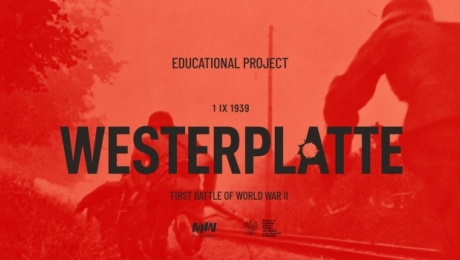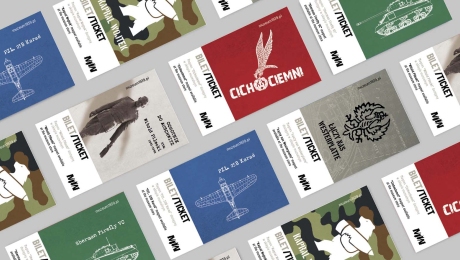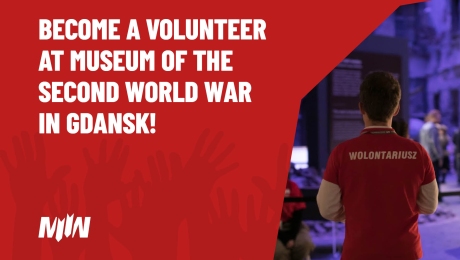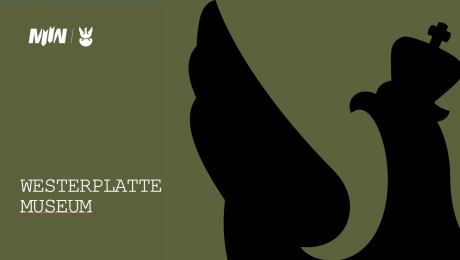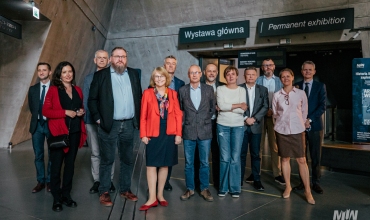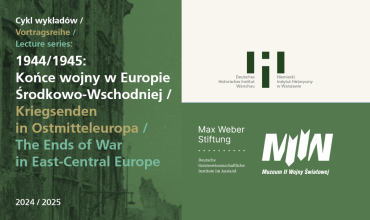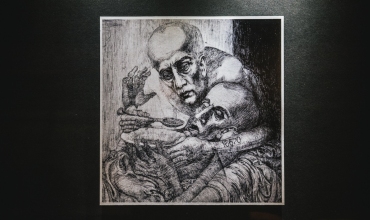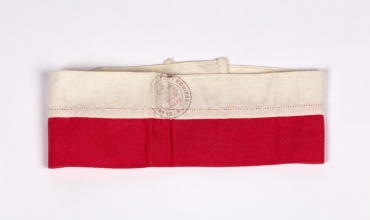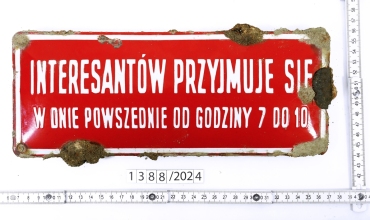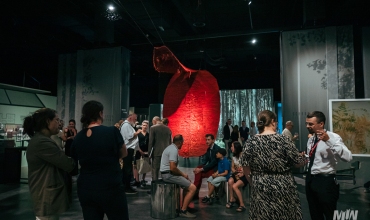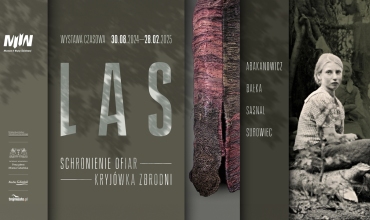News
Archaeologists from the Museum of the Second World War in Gdańsk have made another significant discovery at the site of a Polish artillery position on Westerplatte, where they uncovered three human skeletons.
On Monday, September 30th, the first meeting of the Museum Council of 2024 took place at the Museum of the Second World War (MSWW).
The Second World War ended around 80 years ago. To mark the occasion, the GHI Warsaw is organizing a series of public lectures in cooperation with the Museum of the Second World War in Gdansk. The international guests will present their research both in Warsaw and in Gdansk.
The Museum of the Second World War (MSWW) in Gdańsk has introduced a new addition to its main exhibit: a drawing of Polish martyr Maximilian Kolbe, generously provided by the St. Maximilian Center in Harmęże. This change is part of the museum’s ongoing efforts to highlight Polish heroes.
On September 17th, 1939, Joseph Stalin fulfilled his commitments to Nazi Germany as outlined in the secret protocol of the Molotov–Ribbentrop Pact. On that day, the Red Army attacked Poland along the entire length of its eastern border.
The remnants of the destroyed Guardhouse No. 5, alongside the foundations of a demolished officers' villa, have been preserved as visible elements to be viewed by the public. They are now accessible to visitors at the entrance to the Cemetery of Polish Soldiers at Westerplatte.
The ongoing XI Stage of the archaeological work at Westerplatte has brought the excavation of dig no. 38. It is located at the site of a large crater made by a bomb dropped during the Luftwaffe air raid on 2 September 1939.
Today, on August 30, 2024, on level -3 of the Museum of the Second World War in Gdańsk, the opening of the temporary exhibition: Forest. A shelter for victims. A crime hiding place.
We invite you to the Museum of the Second World War in Gdańsk for the temporary exhibition ‘THE FOREST - Refuge of Victims. Hideout of Crime’, with the opening scheduled for August 30th, 2024.






